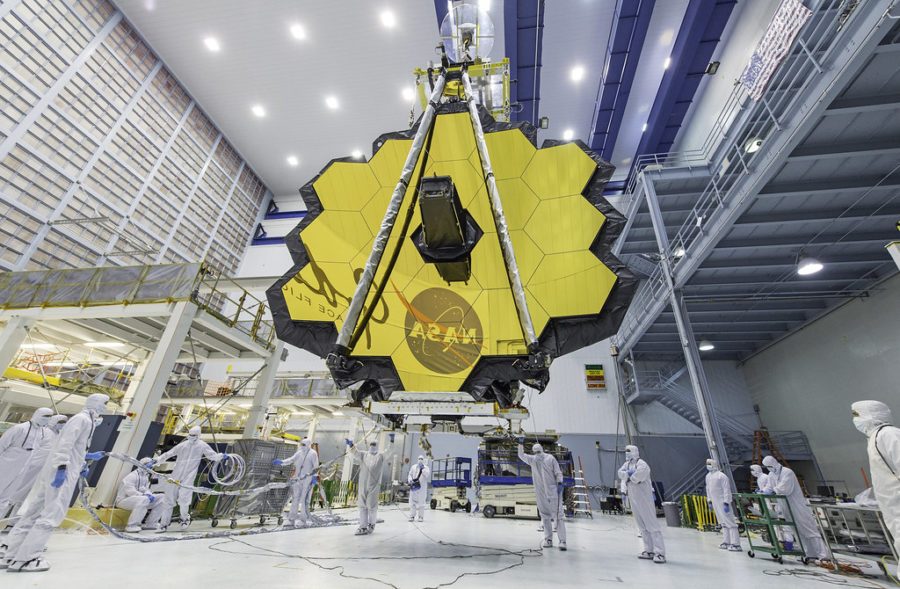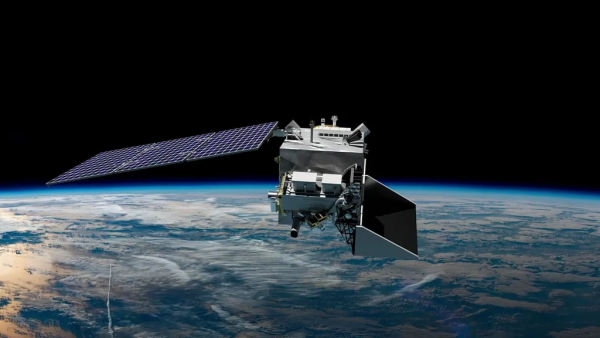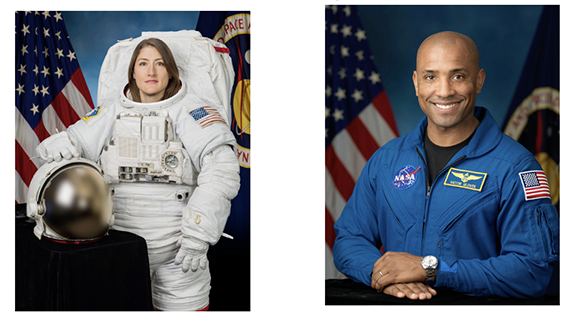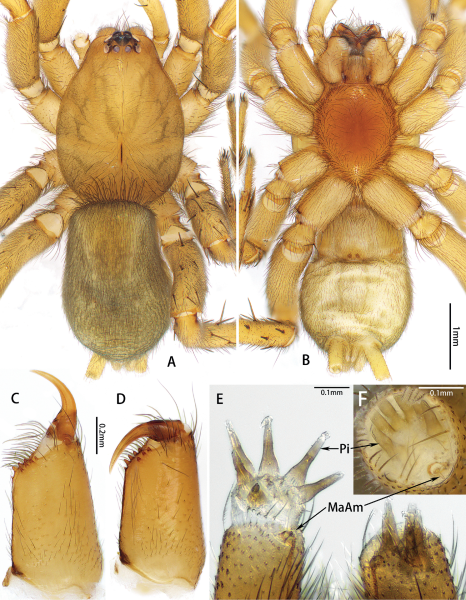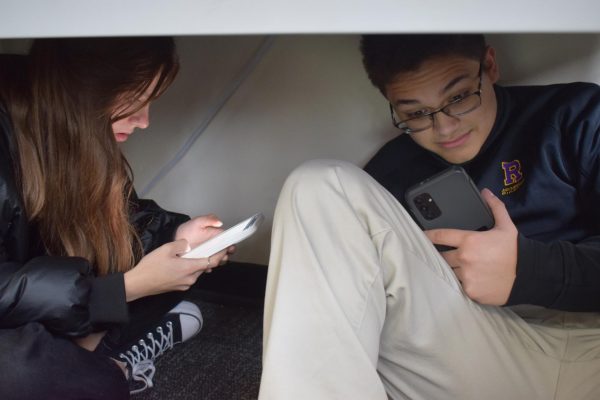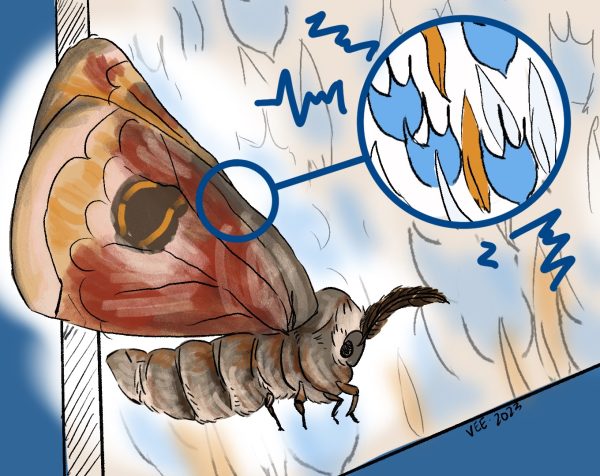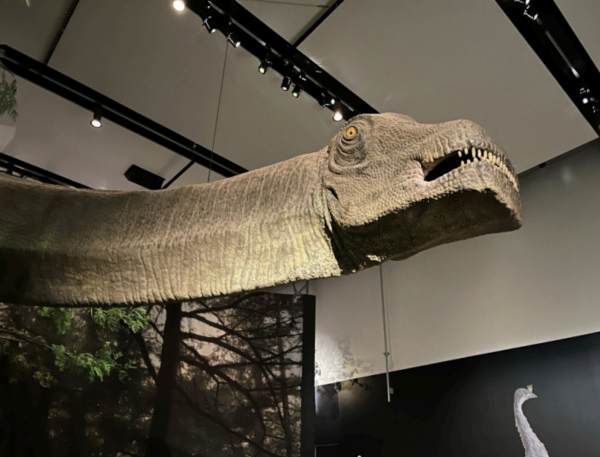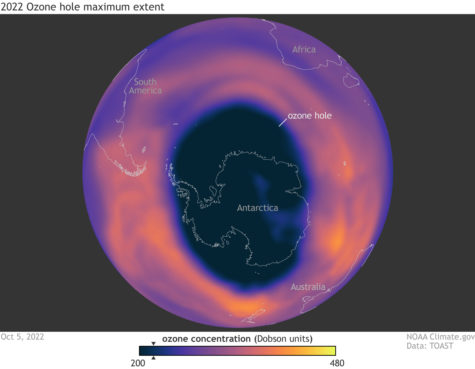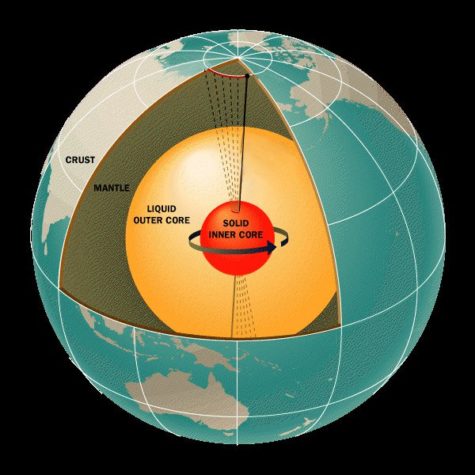Webb Telescope captures mesmerizing shots of universe
The Webb Telescope, which replaced the Hubble Telescope, was launched last year, and has already made extraordinary discoveries
November 15, 2022
Launched on July 25, 2021, the $10 billion NASA James Webb Telescope began making extraordinary space discoveries after just three months of research.
On July 12, 2022, NASA released the first official data of high resolution pictures taken from the James Webb Telescope (JWST), showing off its impressive abilities. JWST has done so well that it completely outperforms and replaces the Hubble Telescope, being 100 times more powerful and the largest telescope to be launched.
“JWST has only been delivering images for a couple of months, but the fact that it can directly image exo-planets is most intriguing,” said teacher Tony Dunn, former Riordan science teacher.
JWST has already allowed astronomers to see and understand space on a bigger scale, thanks to features such as the high infrared resolution and sensitivity, gravitational/magnifying lenses, and near-infrared cameras.
The telescope can see further back in time, how stars were made, extraterrestrial life, and reveals great detail in the vivid images it took of nebulae, galaxies, stars, etc.
For instance, the radiant glowing Galaxy Cluster SMACS 0723 is the “deepest and sharpest infrared image of the distant universe so far”, according to NASA.gov. With a gravitational lens, JWST is able to pick up different wavelengths and exposures to capture the numerous galaxies. This data will help astronomers learn more about galaxy masses, ages, histories, and compositions.
Dunn added, “Finding habitable earth-like planets will help us quantify how many other environments could sustain life. Non-life planets may even be able to harbor life. JWST will help us to study those planets as well.”
Lastly, one dawning discovery of Jupiter showcased its auras, altitude levels, and cloud covers. Jupiter’s blue and gray bands stretch across the planet, with swirls of red and yellow, and of course, its big red spot which appears white due to the vast amount of light. UC Berkeley professor Imke de Pater affirmed, “We hadn’t really expected it to be this good, to be honest.”
Nonetheless, as Dunn put it, “JWST has been used to see deeper into that past than ever before. It is even imaging some of the first galaxies formed in the universe.”
“JWST has been used to see deeper into that past than ever before. It is even imaging some of the first galaxies formed in the universe.”
— Tony Dunn, Science teacher


